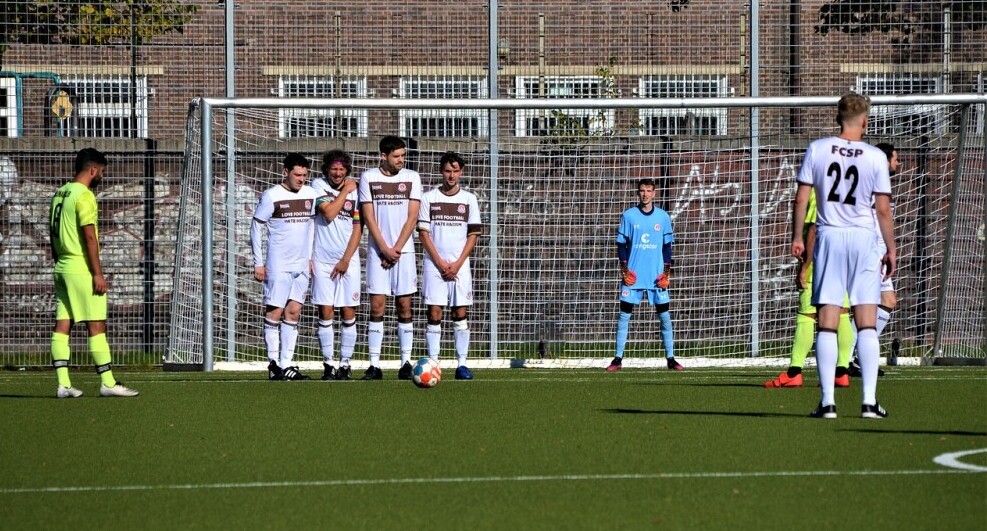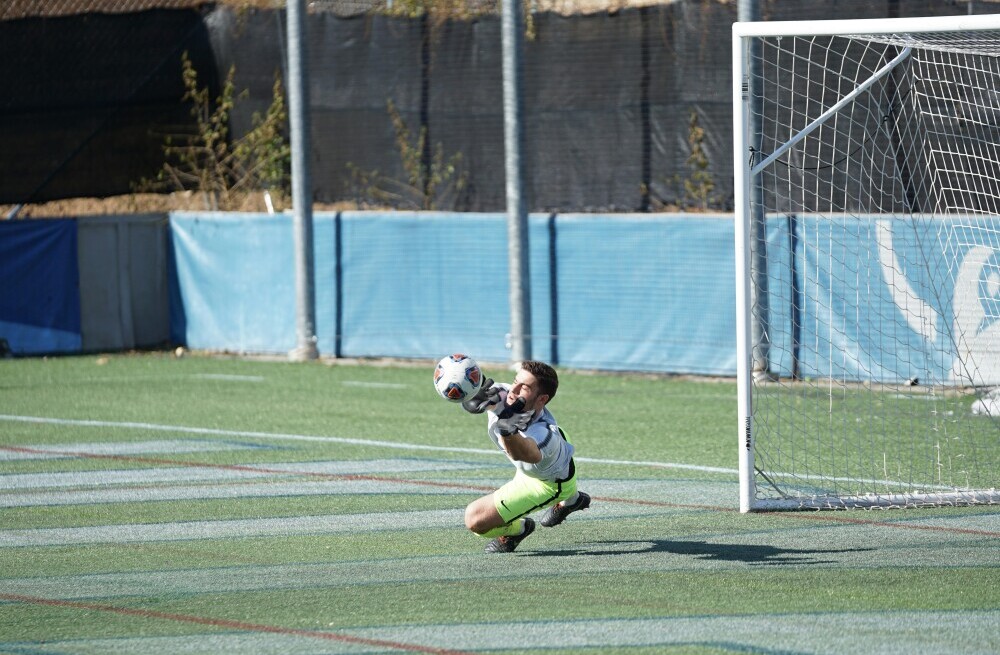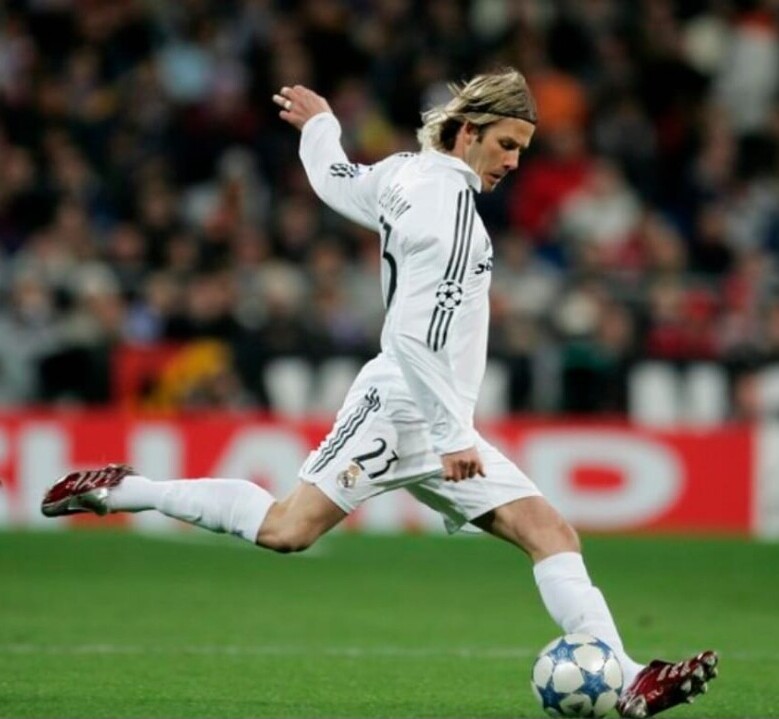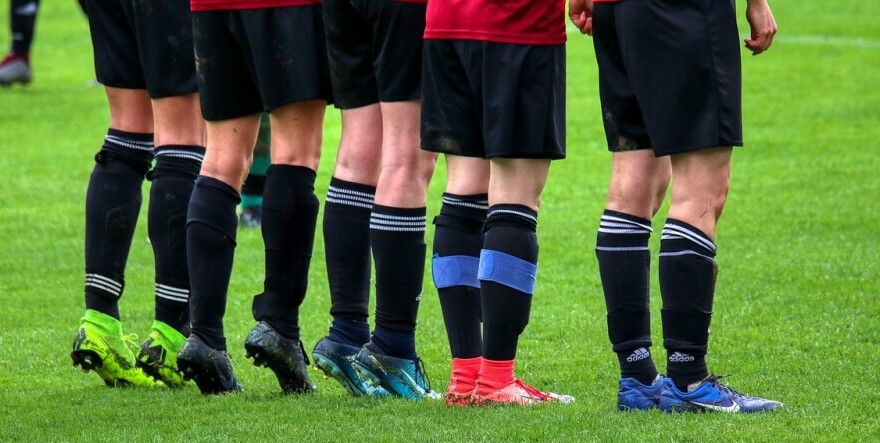When it comes to football, nothing electrifies the crowd quite like a perfectly executed free kick.
It’s not just about watching a ball fly into the net; it’s about the artistry and sheer skill involved.
Free kicks have a long history of changing the course of matches, and some iconic moments come to mind—think of David Beckham bending one in from 30 yards out, or Cristiano Ronaldo with his trademark stance, striking fear into keepers everywhere.
Free kicks aren’t just a minor aspect of play; they can genuinely change the game’s outcome.
A match deadlocked at a stalemate can suddenly swing in favor of a team thanks to a well-placed free kick. Imagine the pressure and thrill as the kicker steps up, the crowd’s roar blending into a wall of sound, all eyes on that precious ball resting exactly where it’s needed.
Timing and precision become a player’s best friends when taking a free kick. These chances don’t come often, so you’ve got to make the most of them. It’s not about brute force, though that can work wonders on some occasions.
Most successful free kicks are a complex mix of placement, spin, and that special bit of flair that only the best possess.
Famous free kick takers have inspired generations. Think Lionel Messi with his uncanny ability to make the ball find that sweet spot.
Mastering free kicks is about more than just watching these legends in action—though that’s a decent starting point. It involves understanding when to opt for power, when a subtle curve is what’s needed, and when the situation calls for sheer cleverness.
Remember, the path to becoming a force to be reckoned with on the pitch isn’t just through natural talent.
It takes practice, dedication, and an eye for what works in the heat of the moment.
So lace up those cleats, grab a ball, and get out there. With each practice session, every failed attempt, and every little success, you’re getting closer to mastering the craft of the free kick.
The Anatomy of a Free Kick: Direct vs. Indirect
Free kicks are like secret weapons tucked away in the arsenal of a football team, each with its unique purpose and execution.
But not all free kicks are created equal when it comes to their purpose on the field.
First off, there’s the direct free kick, which is all about straight-up opportunity. If the referee spots a foul or handball close to the net, your team could score directly from the kick.
This situation demands choosing the right technique—will you go for raw power, or is a precise curl into the top corner more your style?
Knowing when to use each approach can make or break a game.
Indirect free kicks, on the other hand, come with a catch.
They arise from less grave infractions like offside positions or impeding the progress of an opponent.
Here, the ball must touch another player before finding its way into the goal.
This type of kick calls for a bit of creative flair and teamwork. Think quick passes, well-rehearsed sequences, maybe even a sneaky play to trip up the defense and set up a scoring chance.
In either scenario, the key lies in quick thinking. Understanding which type of free kick is in play can guide your strategy.
Are you setting up for a powerful direct strike aimed at glory, or are you coordinating with teammates for that killer indirect setup?
Your awareness of the rules and on-field situations shapes the tactics that will lead you towards success.
Watch for the nuances in every game—position on the field, the opposing goalkeeper’s strengths and habits, even the weather can alter how you’ll approach the free kick.
This prowess comes from practice, patience, and a lot of game-watching to catch subtle cues.
Making smart choices with free kicks is what sets the pros apart. It’s not just a question of skill; it’s the savvy knowledge of when and how to strike that ensures your team capitalizes on every opportunity.
Stay sharp, keep aware of your surroundings, and use both direct and indirect free kicks to your advantage.
Crafting Game-Winning Free Kick Strategies
Free kicks are much more than standing over a ball and hoping for the best. Crafting a winning strategy involves careful analysis of everything going on around you.
Every player, potential obstacle, and tiny detail counts when creating that magical moment.
First off, scout the field. Where’s the ball situated, and where’s the best opening in the opponent’s defense?
A bit off-center might call for an elegant curl, while a more central position might invite a power strike right through the defensive wall. Being aware of every angle and possibility sets you up for success.
Then, there’s ball placement. You’d be surprised what a little nudge can do. Factor in wind direction—yes, that matters—and how you’re planning to bend or finesse the strike. It’s those micro-adjustments that might give you the edge.
Goalkeepers are crafty folks. Part of your strategy needs to involve a mini game of chess against them.
How do they usually react to free kicks?
Do they dive early?
This insight could be just what you need to tuck the ball in at the last second. Visualize it:, the path, the keeper’s reaction, and finally, the ball finding home in the net.
And let’s not forget those creative plays. Sometimes, it’s not just about who’s kicking the ball but who’s making what move around it.
A well-placed player might draw a defender out or create space for that crucial shot. Remember, surprising the defense can turn the tide of the game.
Building a strong strategy isn’t about sticking to a formula. It’s about adapting your approach according to the flow of the match and the opponents in front of you.
Keep practicing these setups, understand every element’s force on the field, and watch your confidence soar with each realized goal.
Preparing the Perfect Free Kick: Technical Insights
Getting your free kick just right involves more than picking your spot and hitting the ball—you’ve got to understand the technical details that make the magic happen. A lot of it boils down to technique, awareness, and the art of execution.
Your position matters as much as your kick. Lean too far back, and you’ll send it sky-high.
Go too forward, and it may end up as a grounder. You want to strike a balance where you’re able to put just the right amount of lift without losing control.
Next, let’s talk about the sweet spot on the ball. Whether you’re aiming for a top-spin strike or curling it around the wall, hitting the ball at just the right spot is crucial.
Check your foot placement and ensure you’re connecting in a way that’ll give the desired spin and speed.
Visualisation is another key technique—picture the ball’s journey in your mind. This mental rehearsal can actually help tie together all the physical components, from your stance to your follow-through.
It’s also important to integrate your insights into the team’s playbook. It’s not enough to just practice in isolation.
Whether you’re setting the groundwork with solo drills or working through plays as a team, ensuring everyone knows their role is crucial to making a free kick count.
Stay versatile. Your approaches should be as varied as possible to keep opponents guessing.
Practicing different techniques and scenarios makes you unpredictable and ready for anything the match throws your way.
Empowering the Team: Roles and Responsibilities During a Free Kick
Every player on the field serves a purpose during a free kick. It’s not just about the one with the ball at their feet—it’s a coordinated effort, and knowing your role is key to maximizing the opportunity.
The wall is often the first line of defense. Its main job is to block direct shots on goal and force the kicker into making a more difficult play.
Standing your ground is crucial, and the players in the wall must remain focused and poised under pressure.
Elsewhere on the field, teammates need to be ready to exploit any weakness in the defense. Smart, quick movement can draw defenders out of position or create gaps with a bit of decoy action. It’s all about timing—knowing when to break and knowing when to hold back.
Defensively, a well-organized team understands how different positions can counter various free kick setups. Every player needs to anticipate where the ball could land and be ready to intercept or clear it away from danger.
A successful free kick often comes from rehearsed plays where each player knows the plan and has perfected their role.
This team coordination paves the way for a shot at goal, leveraging each player’s strengths. So while it might look like a single-player effort, a top free kick truly is a team triumph.
Balance practice between individual skills and team strategy—getting everyone involved means you’re better prepared for whatever the game throws your way.
Training Drills to Elevate Your Free Kick Game
Becoming a maestro of free kicks isn’t just a matter of natural talent—it’s the product of dedicated practice and the right training regimen. Here’s how you can build up those skills and refine your technique.
Solo sessions are where a lot of progress happens. Set up some cones to simulate a defensive wall and practice different types of kicks—whether it’s trying to bend it like Beckham or putting power behind it like Ronaldo.
Start close, then gradually increase the distance to improve precision.
Focus on your striking technique. Film yourself and take notes on your posture and foot contact. It’s the small tweaks that often lead to significant improvements.
Team drills are where you tie everything together, practicing not just your kick, but the orchestrated chaos around it. Work through scenarios with teammates playing out their roles.
Constant drills help transition strategies from theoretical to instinctual.
Don’t neglect the mental aspect either. Psychological drills, like visualization exercises and stress simulation, help you stay calm, focused, and sharp under the high-pressure moments of a match.
Incorporate feedback loops by reviewing game footage with coaches or teammates to identify both strengths and areas for growth.
Continual learning and adjustment keep you at the top of your game.
Ultimately, it’s about consistency. Regular, focused practice builds confidence and turns free kicks from uncertain chances into reliable scoring opportunities.
Embrace the practice, enjoy the journey, and watch those on-field moments of brilliance grow.
Take away
Mastering the art of free kicks is a journey that requires dedication, practice, and a deep understanding of the techniques and strategies involved.
By incorporating the drills and tips outlined in this article into your training regimen, you’ll be well on your way to becoming a free kick specialist.
Remember to stay focused, persistent, and always keep practicing – with time and effort, you’ll be bending it like Beckham in no time!
Drop any comments or questions below, I would love to hear them and I will be available to answer.
Happy training!!!!!!!!!







The section on crafting strategies really stood out to me. Factors like scouting the keeper’s tendencies and adjusting for wind direction are small details that can make a huge difference, especially in high-pressure situations. It’s also great to see an emphasis on versatility and unpredictability—key traits for keeping opponents on edge.
The inclusion of training drills and visualization techniques makes the article even more actionable. It’s one thing to understand the theory, but the practical tips on practicing different angles, power levels, and ball spins bring it all together.